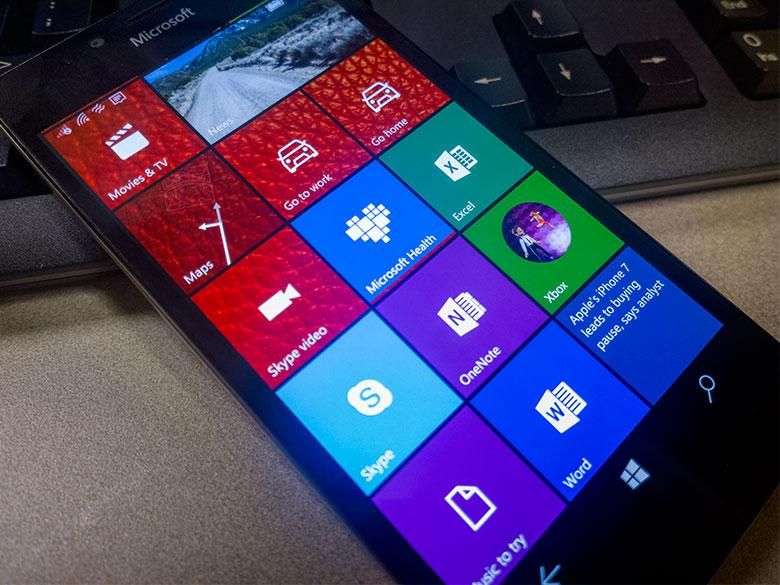The ominous signs were always there, yet somehow, in some way, shape or form, we just couldn’t give up hope of an imminent and spectacular Microsoft mobile comeback. Even folks who aren’t particularly into the world’s most popular desktop operating system probably rooted for the rise of a solid alternative to the Android – iOS smartphone platform duopoly that’s only intensifying of late.
Unfortunately, after completely throwing in the Windows Phone 8.1 towel a couple of months ago, the Redmond-based tech giant has decided to officially go back to basics, focusing on PC software (as well as some in-house hardware and a concerted new effort to make VR mainstream).
Come to think of it, Microsoft has plenty on its plate, working alongside Amazon to bring two of the best voice assistants around closer together, not to mention all the productivity apps expanded to Android and iOS in recent years. The growingly popular Edge browser is just about ready for a wide cross-platform mobile release, while more and more people seem to choose Swiftkey over their devices’ default keyboards.
Of course we'll continue to support the platform.. bug fixes, security updates, etc. But building new features/hw aren't the focus. ? https://t.co/0CH9TZdIFu
— Joe Belfiore (@joebelfiore) October 8, 2017
For what it’s worth, the platform will continue to be supported with “bug fixes, security updates, etc.”, but make no mistake, October 9, 2017 marks the death of Windows 10 Mobile. Belfiore has even switched operating systems himself, just like Bill Gates, seeking “app/hw diversity.”
The mythical Surface Phone is almost certainly not happening now, and it’s probably not true that Microsoft is starting from scratch either. After all, if incentivizing app devs hasn’t worked the first time, why would a do-over be any different?

